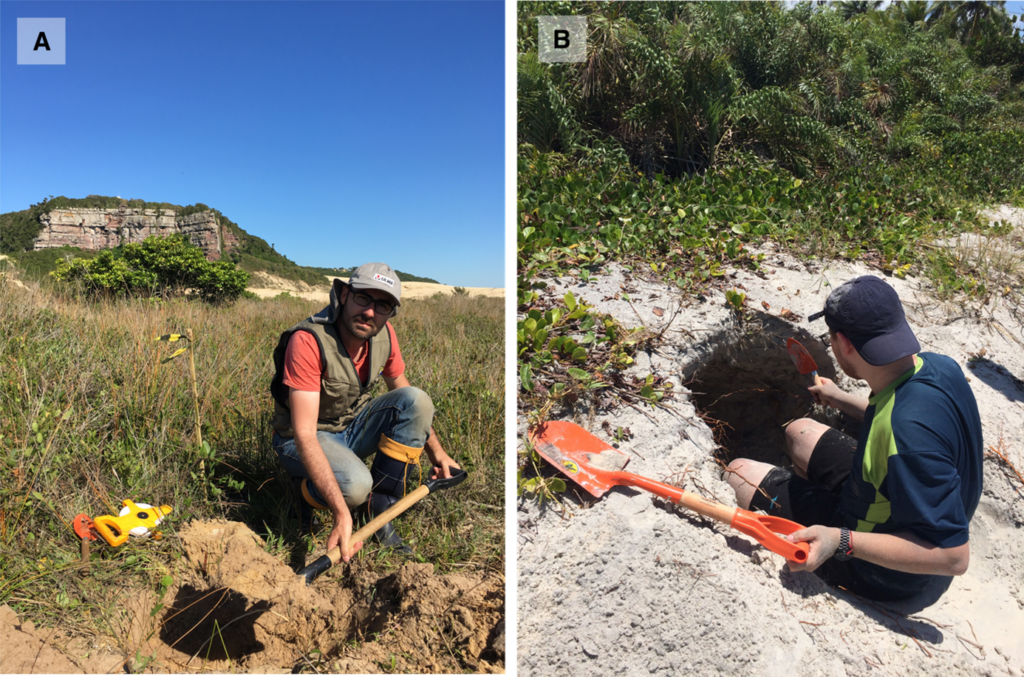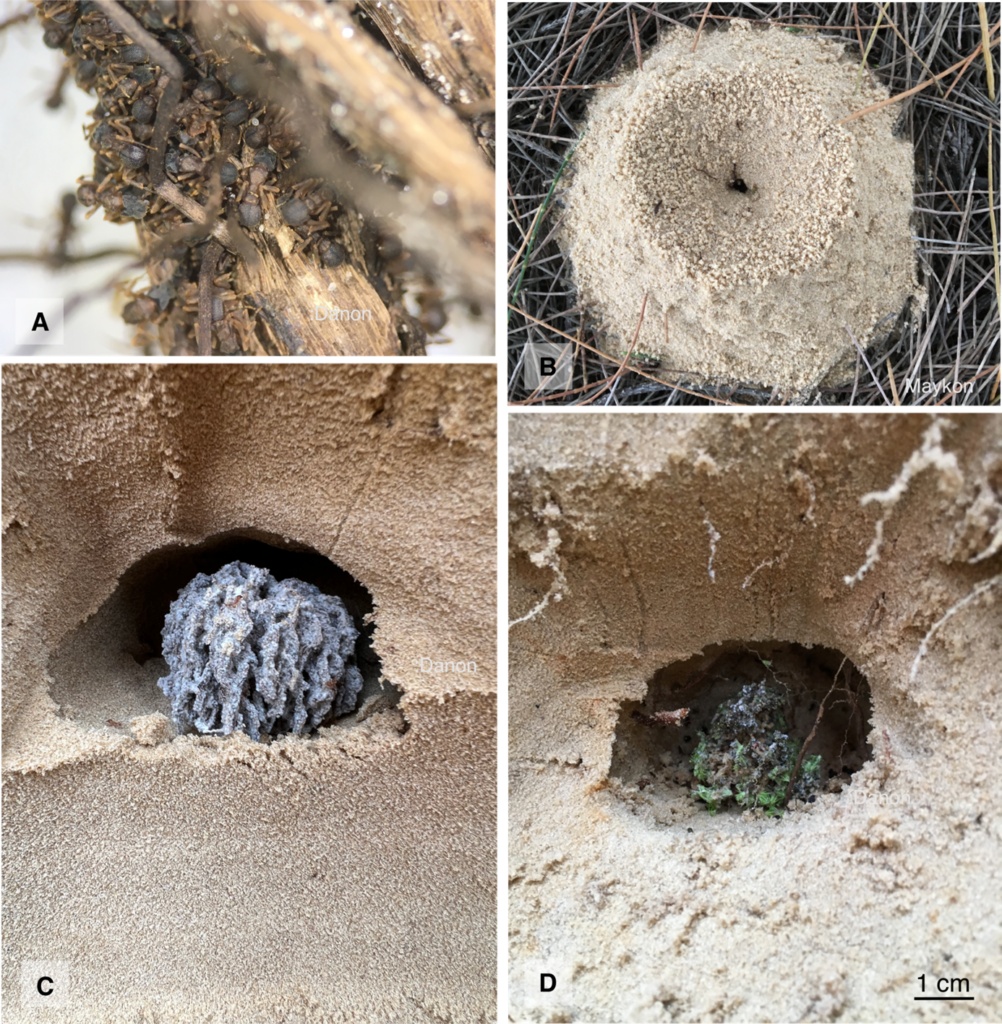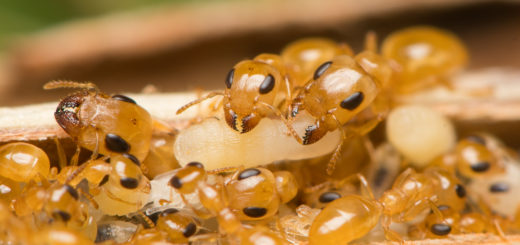Ants feigning death: How and why?

In the recent review article “Death feigning in ants” published in Myrmecol. News, Danon Clemes Cardoso, Ítalo Cordeiro Canguçu Alves, Maykon Passos Cristiano, and Jürgen Heinze review the literature on feigning death in ants, which has received little attention so far. The authors describe death feigning in detail and reveal that it can be induced experimentally. They also highlight the need for additional studies on this understudied topic. Here, first author Danon Clemes Cardoso shares pictures of the field work behind the study.
An interview compiled by Phil Hönle, Patrick Krapf, and Lina Pedraza

MNB: Could you briefly outline the research you published in the journal Myrmecological News in layman’s terms?
DCC: In our recent paper, we examined our current understanding of feigning dead behavior across ants. Since the inception of our research group here in Brazil, we have consistently been intrigued by the response of fungus-growing ants during our approaches to identifying and collecting samples for our projects. The body-curling, slow-walking, and freezing postures assumed by the ants when disturbed were observed in several fungus-growing ant species, capturing our attention regarding how and why such behavior occurs and whether it is widespread among other ant groups. Thus, our primary intention was to compile the current knowledge of feigning death behavior in ants, encompassing the diversity of forms, species, and contexts in which the behavior occurs. Our first challenge was capturing the diversity of terms given to the behavior itself, as several terms, such as thanatosis or playing dead, are applied. In the end, we found that our knowledge of feigning death in ants is limited compared to other insects or vertebrates. At first glance, our review identifies that such behavior seems to be widespread among ants. However, our comprehension of how and in which contexts it occurs is very limited, with most observations taking place in laboratory experiments.
MNB: What is the take-home message of your work?
DCC: The central idea of our review was to state the backgrounds of feigning death in ants. Our data certainly indicates that antipredator behavior as feigning death seems widespread and may occur in a diversity of contexts, but most importantly, our knowledge is still very limited. Firstly, concerning the occurrence across ant taxa. We raised some open questions and discussed some directions of how the myrmecologist can contribute to this field of study.
The video below shows laboratory observations of feigning death in the fungus-growing ant Mycetophylax morschi collected in southern Brazil (Video: © Danon Clemes Cardoso).
Journey to the Serra do Cipó State Park, Minas Gerais, Brazil, during Prof. Jürgen Heinze’s visit to our research group (Photo: © Danon Clemes Cardoso).

Sampling expeditions looking for fungus-farming ants in Brazil: A. Excavation of Trachymyrmex holmgreni colony by MPC (Photo: © Danon Clemes Cardoso) and, B. sampling expeditions to Bahia, Brazil. Excavation of Mycetophylax conformis colony by DCC (Photo: © Maykon Passos Cristiano).

Fungus-farming ant species sampled during excavations along the Atlantic coast of Brazil. A. Colony of Cyphomyrmex transversus in wood lab nest; B. Mycetophylax morschi sand mound; C. Mycetophylax simplex with fungus chamber and, D. Mycetophylax morschi fungus chamber exposed after excavation (Photo: © Danon Clemes Cardoso & © Maykon Passos Cristiano).






A very well written and interesting article! Great!